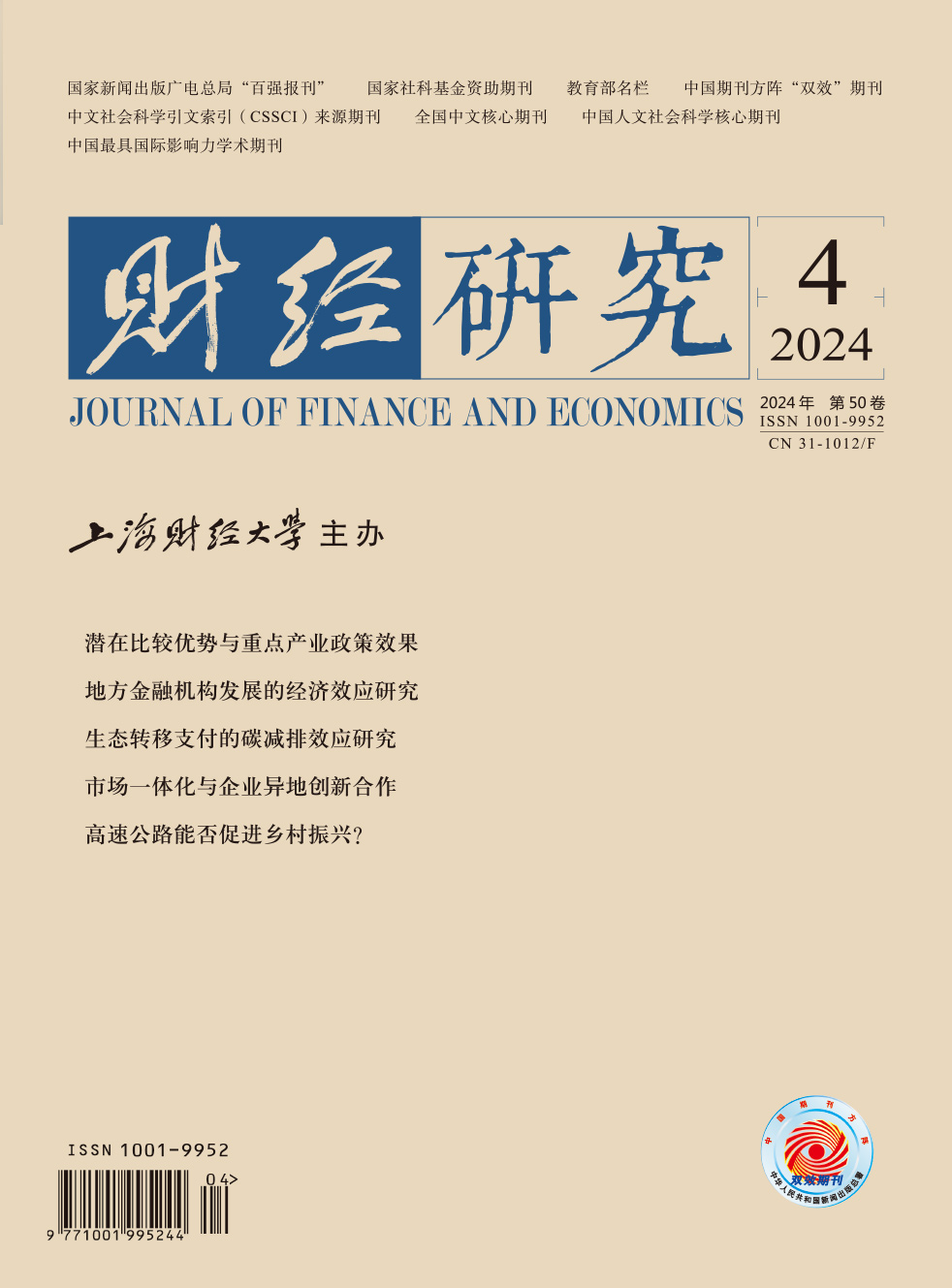The financing problem of enterprises has become one of the obstacles to the high-quality development of China’s real economy. Existing research mainly explores the positive role of ESG performance in the post-investment stage, and some scholars have found a negative impact of ESG performance on debt financing costs, but there is little research on the investment stage before enterprises obtaining third-party recognition of ESG performance. The exogenous shock from third-party market ESG ratings not only pressures enterprises to engage in related ESG investment behaviors, but also triggers expectations of ESG pre-investment among external investors, providing a unique research perspective for exploring the financing cost problem in the pre-investment stage of ESG.
Using the natural experiment-like shock of the first release of ESG ratings by SynTao Green Finance in 2015, this paper employs a DID model to investigate the heterogeneous effect and mechanism of ESG pre-investment expectations on equity and debt financing costs induced by this soft regulatory pressure. The results show that, due to the heterogeneity of risk preferences and interest orientation among different types of investors, ESG ratings reduce the equity financing costs of listed enterprises, but increase their debt financing costs. Mechanism testing reveals that ESG ratings reduce equity financing costs by lowering long-term stock price risks and enhancing long-term development investment, but increase debt financing costs by increasing short-term debt repayment risks and reducing short-term operation performance. Further research finds that enterprises with stronger risk management capabilities and better external information environments can not only enjoy the equity financing benefits brought by ESG rating shock, but also avoid the negative impact on debt financing costs. Finally, ESG ratings force enterprises to accelerate financing structure transformation, increase equity financing while reducing dependence on debt financing, and overall improve the financing difficulties of listed enterprises.
The main contributions of this paper are that: First, prior literature mostly explores the economic consequences of ESG performance from a post-investment perspective, while this paper focuses on the pre-investment stage, extending the research perspective in the ESG field. Second, the exogenous shock affecting corporate financing costs in prior literature mainly originates from “hard regulation” of government policies, while this paper explores “soft regulation” of third-party markets. Third, previous studies on conflicts between shareholders and creditors mainly occur in financial distress, dividend policy, and high-risk investment project selection, while this paper enriches the scenario of high-risk investment projects from the perspective of ESG pre-investment providing empirical evidence for helping enterprises resolve conflicts of interest between shareholders and creditors in the process of sustainable development transfor- mation.





 5787
5787  9748
9748

